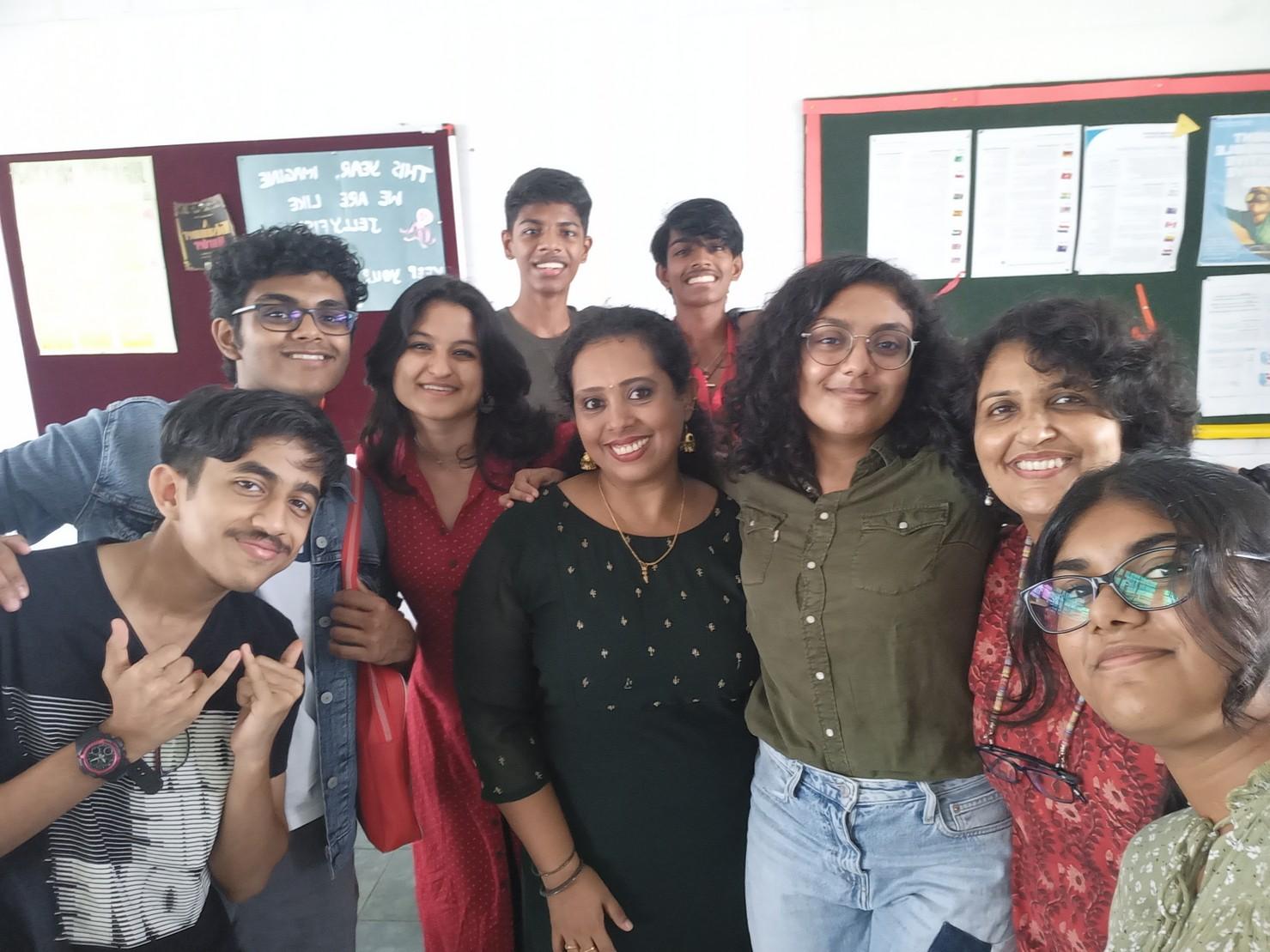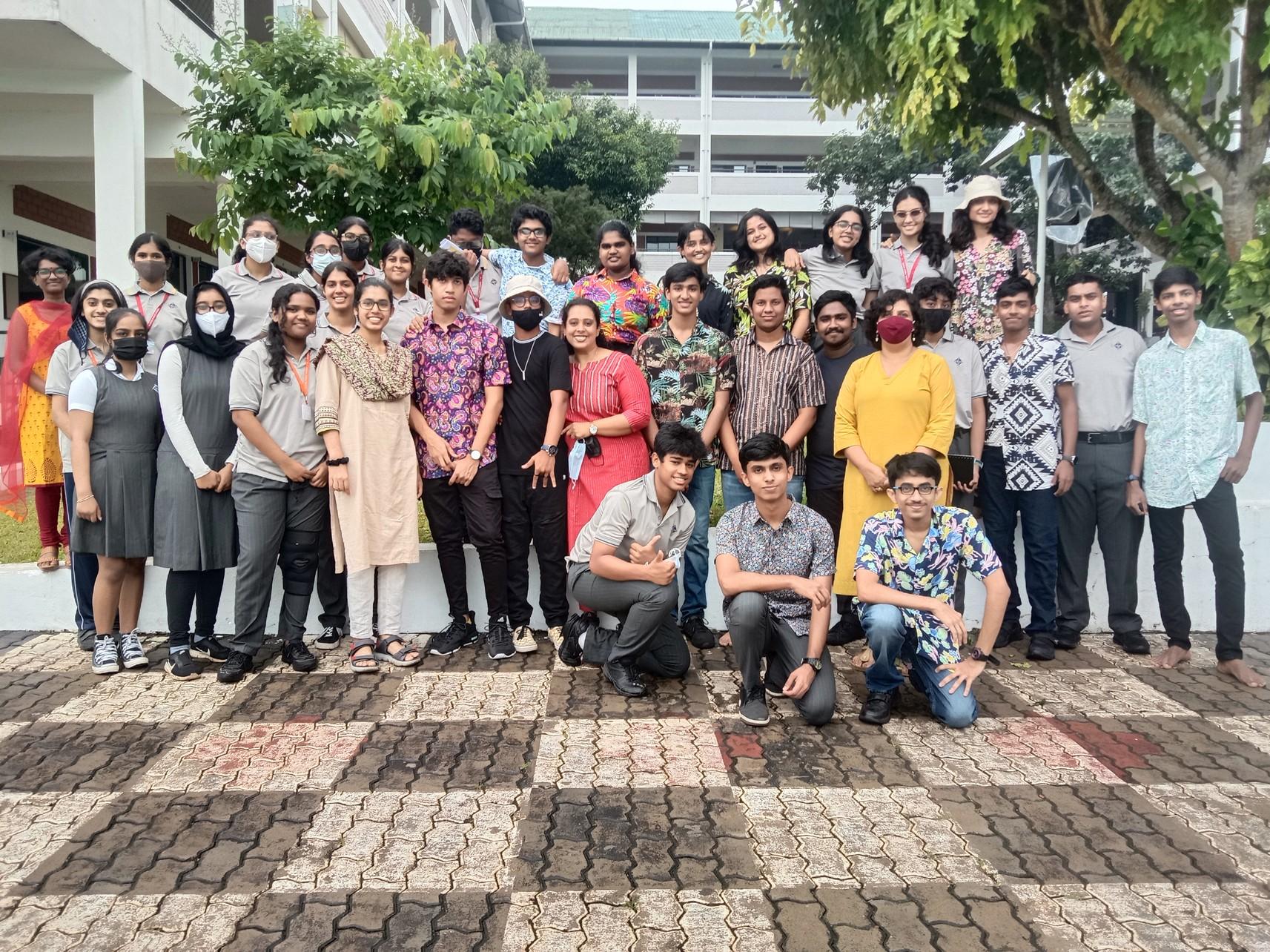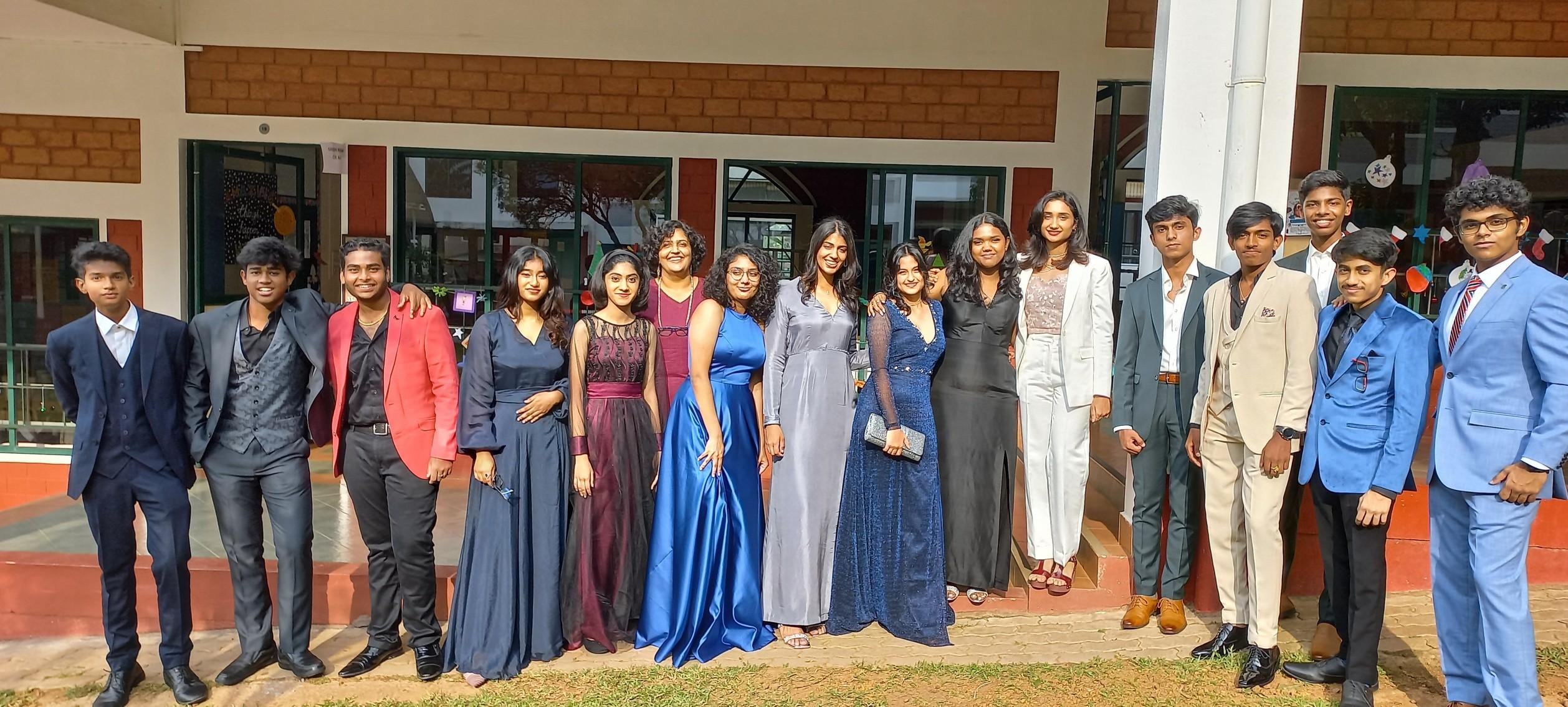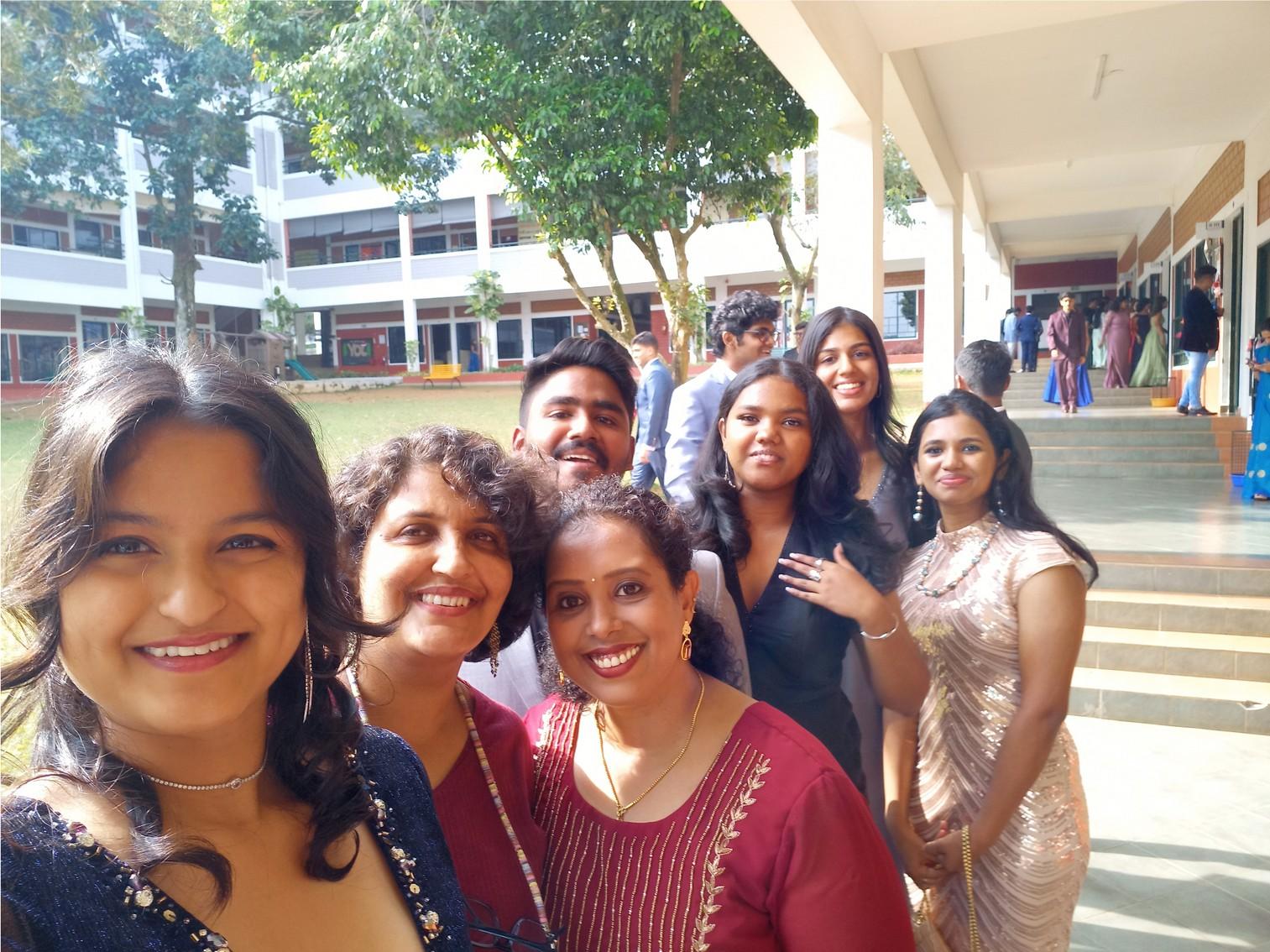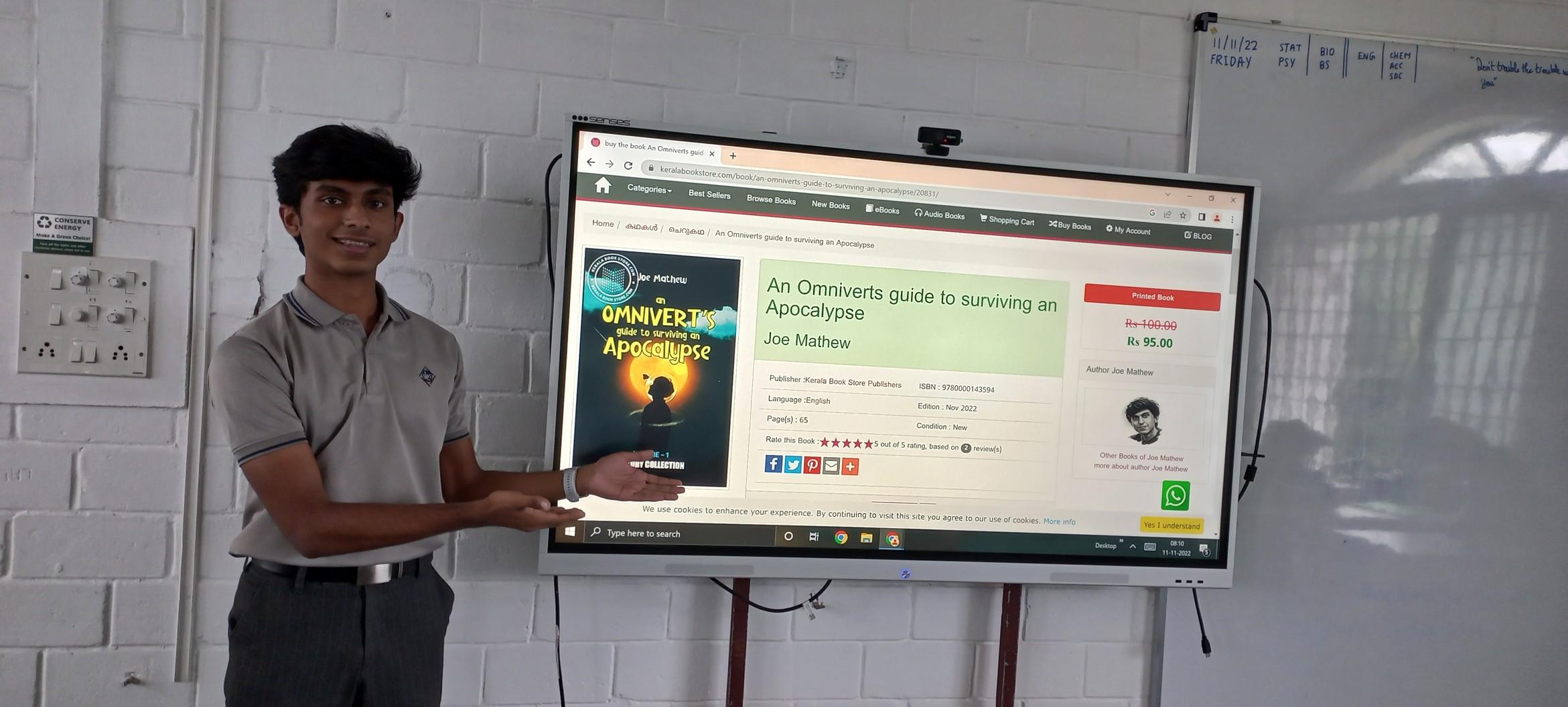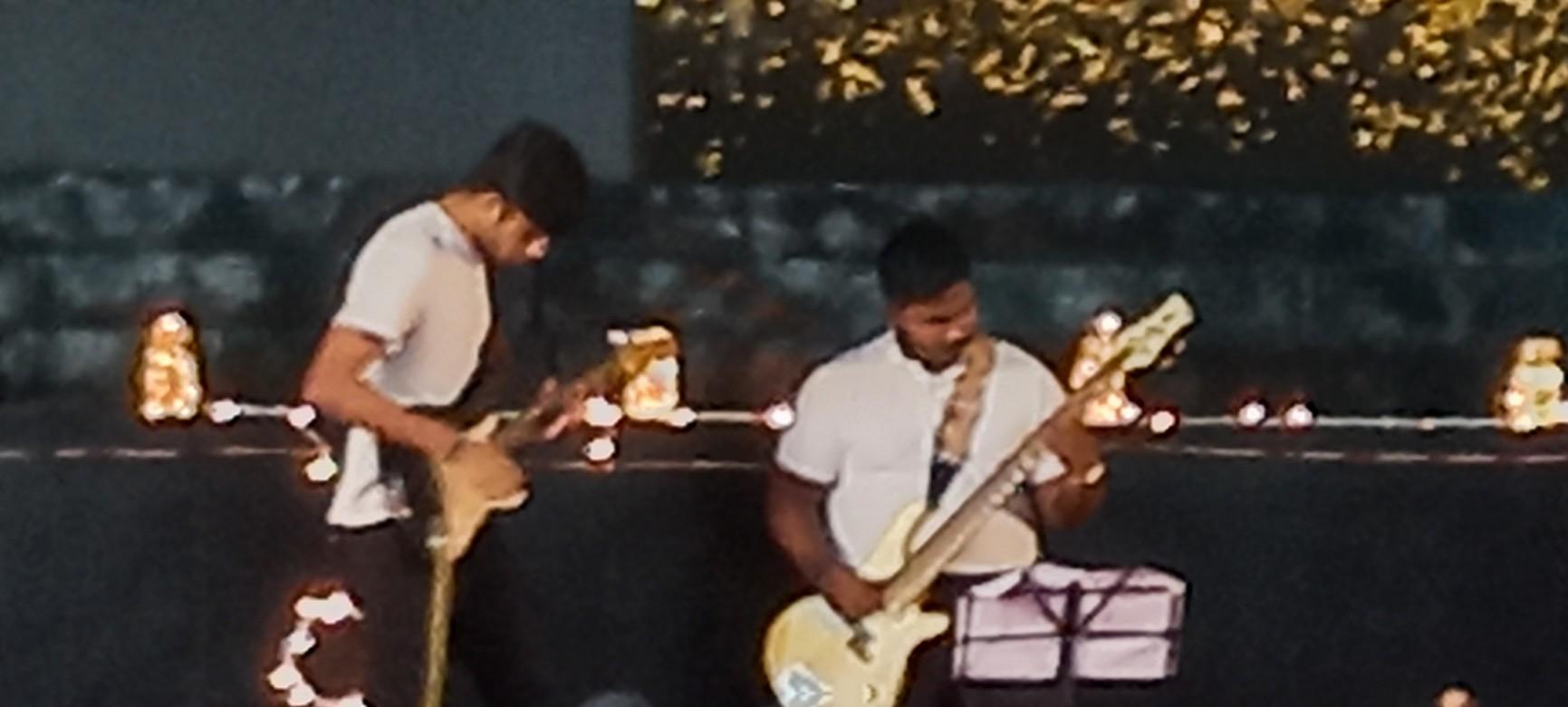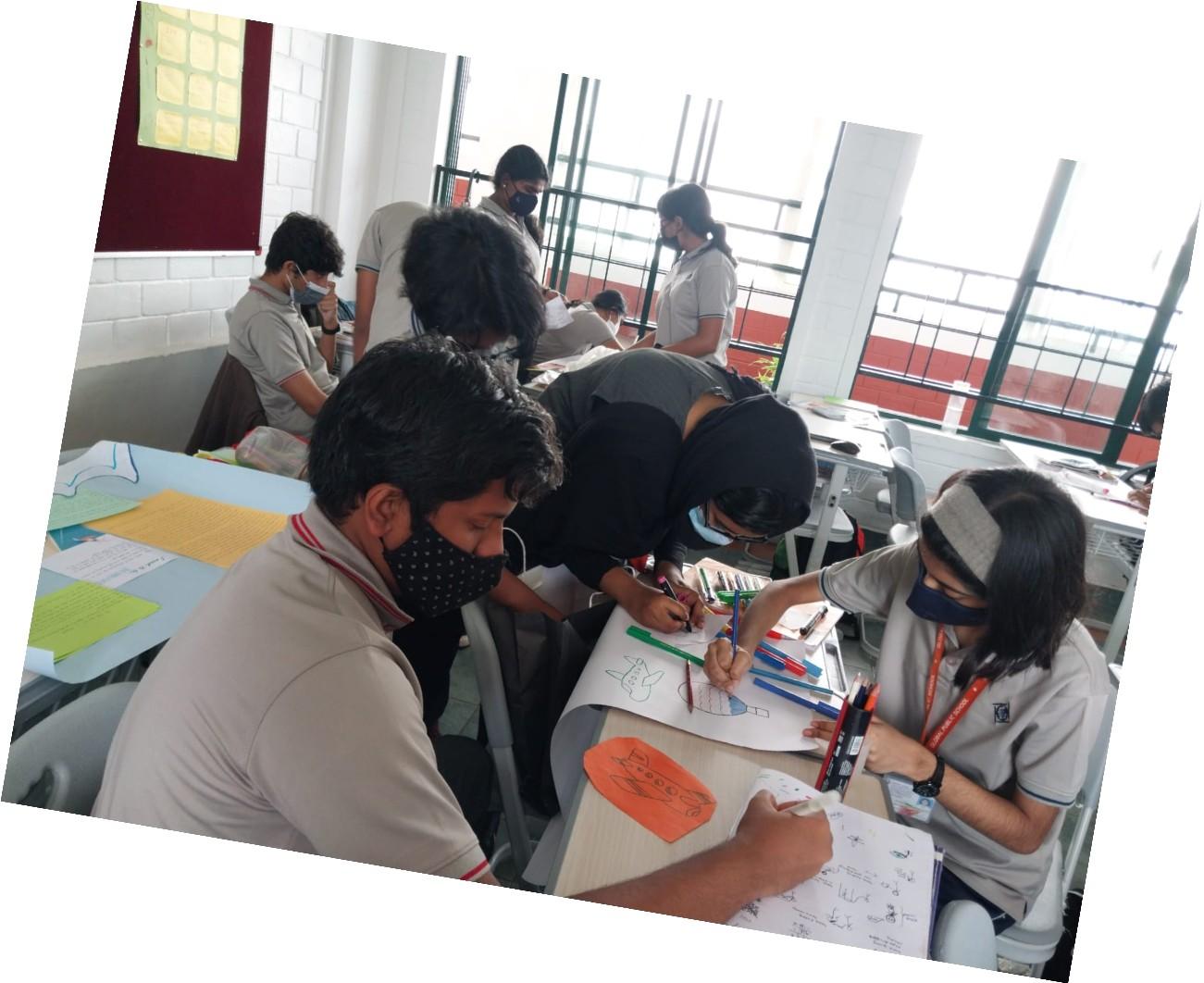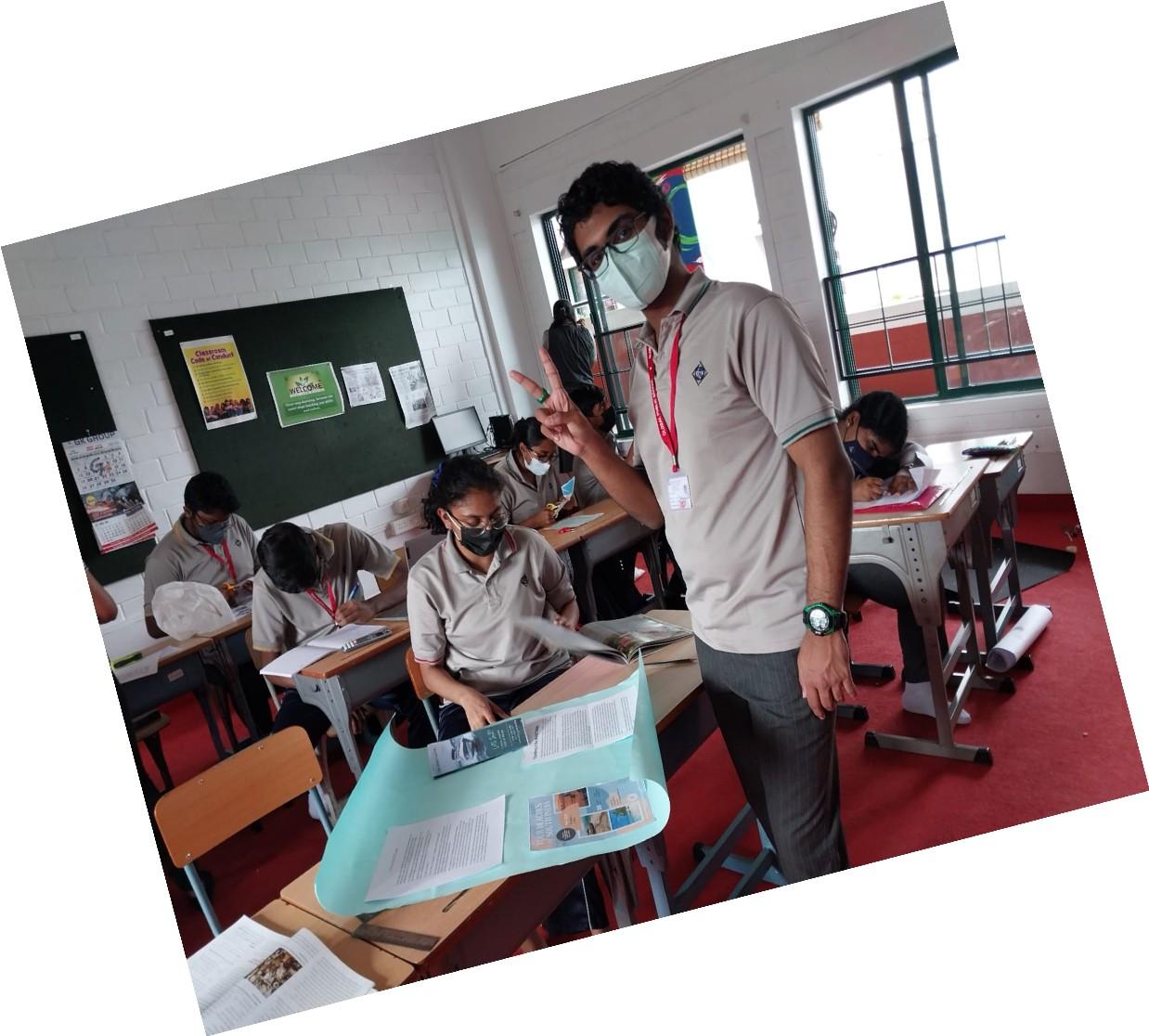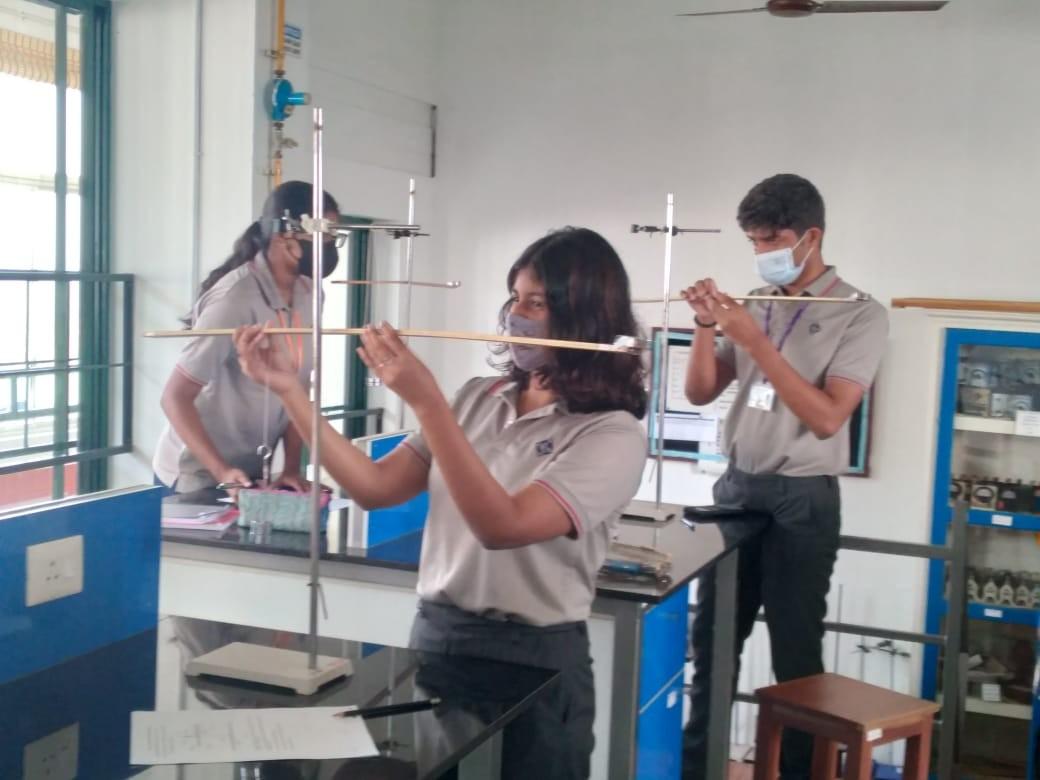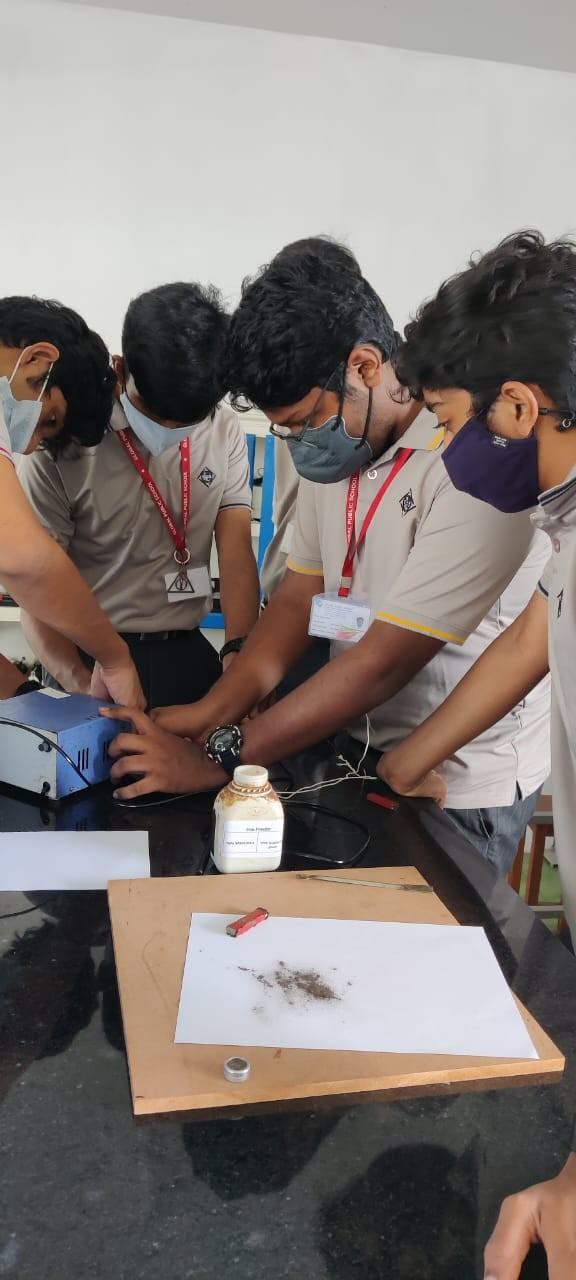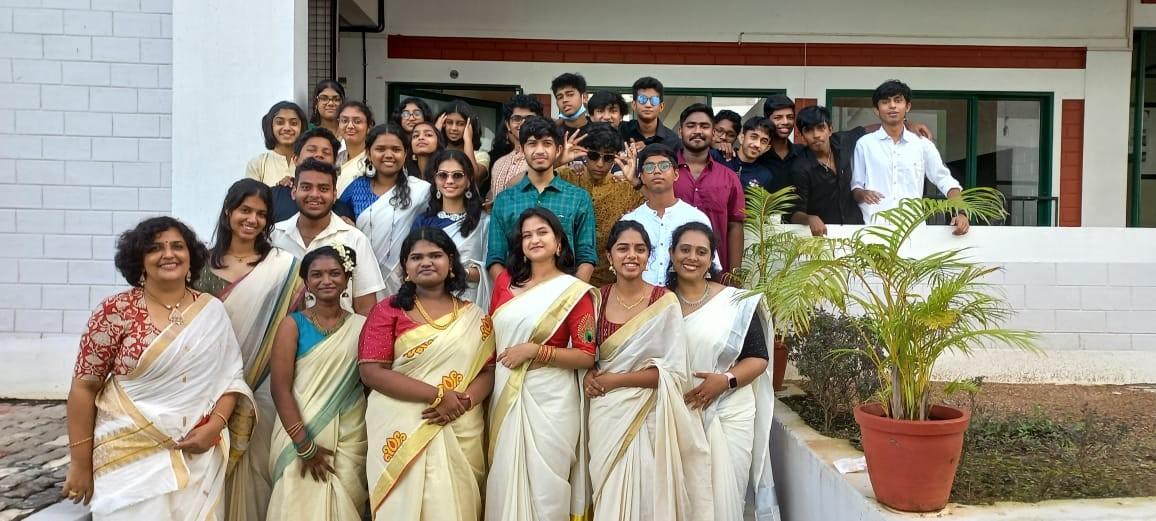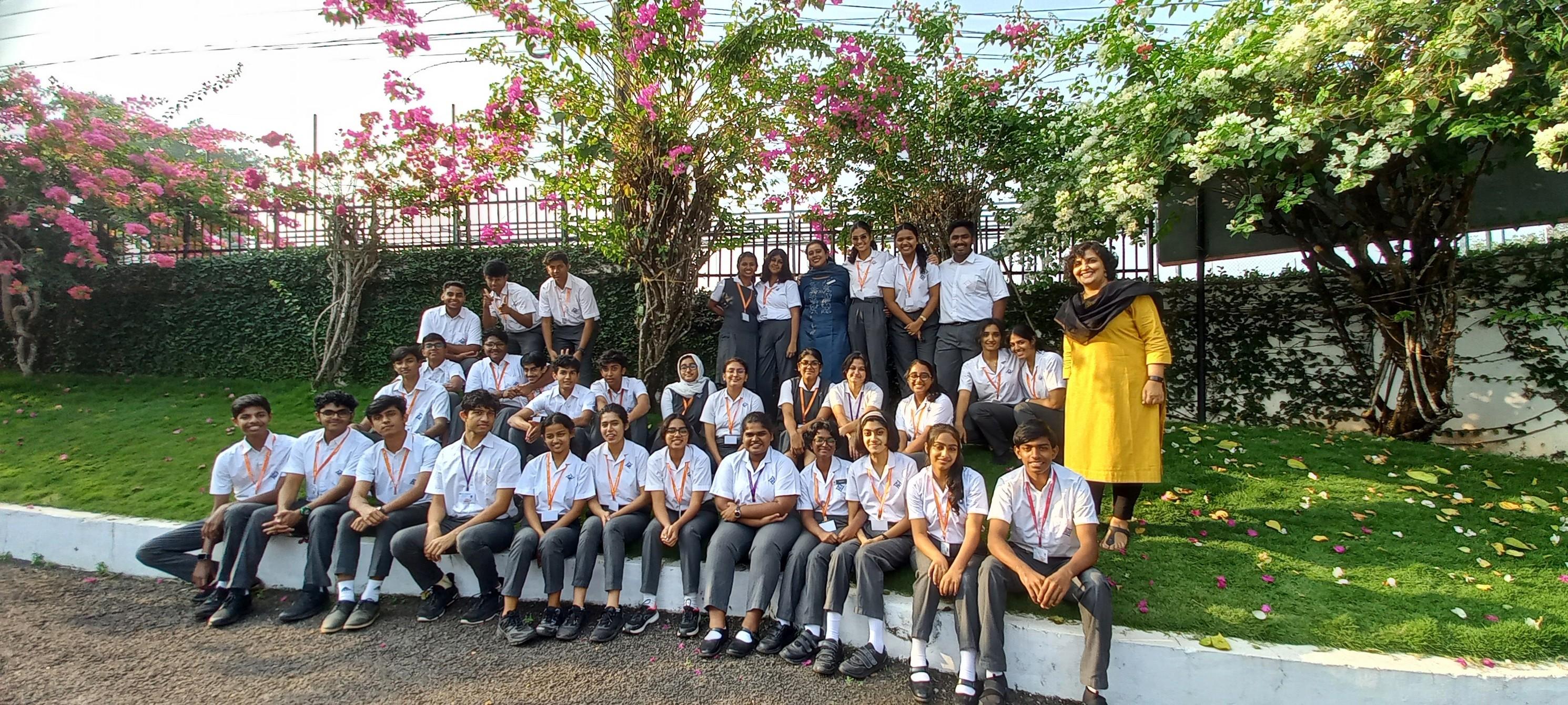Class Magazine 22-23 XII GPS I































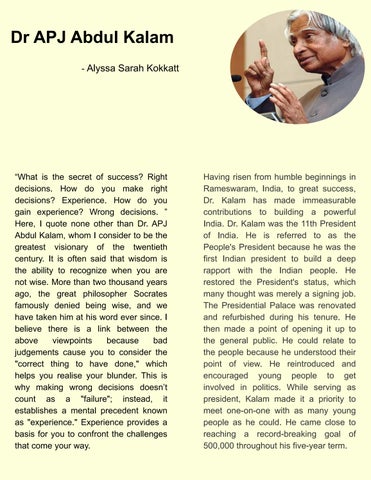































 - Alyssa Sarah Kokkatt
- Alyssa Sarah Kokkatt
“What is the secret of success? Right decisions. How do you make right decisions? Experience. How do you gain experience? Wrong decisions. ” Here, I quote none other than Dr. APJ Abdul Kalam, whom I consider to be the greatest visionary of the twentieth century. It is often said that wisdom is the ability to recognize when you are not wise. More than two thousand years ago, the great philosopher Socrates famously denied being wise, and we have taken him at his word ever since. I believe there is a link between the above viewpoints because bad judgements cause you to consider the "correct thing to have done," which helps you realise your blunder. This is why making wrong decisions doesn’t count as a "failure"; instead, it establishes a mental precedent known as "experience." Experience provides a basis for you to confront the challenges that come your way.
Having risen from humble beginnings in Rameswaram, India, to great success, Dr. Kalam has made immeasurable contributions to building a powerful India. Dr. Kalam was the 11th President of India. He is referred to as the People's President because he was the first Indian president to build a deep rapport with the Indian people. He restored the President's status, which many thought was merely a signing job. The Presidential Palace was renovated and refurbished during his tenure. He then made a point of opening it up to the general public. He could relate to the people because he understood their point of view. He reintroduced and encouraged young people to get involved in politics. While serving as president, Kalam made it a priority to meet one-on-one with as many young people as he could. He came close to reaching a record-breaking goal of 500,000 throughout his five-year term.
He was affectionately referred to as "Uncle Kalam" before he left office in 2007 because he frequently received hundreds of emails from young people who were motivated by his advice to "dream, dream, dream!" According to reports, he answered nearly all of them personally. To better understand the country and to see the work being done locally, he travelled the entire country. He would meet as many individuals as he could and listen to their ideas and perspectives.
Dr. APJ Abdul Kalam, an extraordinary scientist, president of the people, and outstanding teacher, is credited with developing most of India's cutting-edge technology. He was an accomplished aeronautical engineer who collaborated with India's Defence Research and Development Organisation (DRDO) and Indian Space Research Organisation (ISRO) to enhance rocket technology. Dr. Kalam was the man who elevated India's sights to the skies and raised India to join the fraternity of spacefaring nations as the heir to Professor Vikram Sarabhai's concept of a socioeconomically based space program. His contributions, which range from satellites to local healthcare, will always be remembered when talking about science and technology in India.
. Dr. Kalam was a man of dreams and creative ideas. "Ponder" is the pinnacle where he has greatly influenced my thinking. His way of dreaming was rather unique. “The dreams are not those which you see when you sleep but are those which never let you sleep.” These are, without a doubt, golden words of wisdom. As a toddler, hearing this made me wonder if he ever slept. The inferred meaning precedes the literal meaning, alluding to dreaming from within with open eyes. Dreams here refer to a passion for your goals, and enthusiasm prevents you from thinking about anything else than your ambitions. It is also critical to work towards them. Those that work toward their goals have a stronger incentive to be involved in this world, to be innovative and inspiring, and to attain success one day. Kalam, a scientist and philosopher, has written a lot of books. His beliefs and philosophy were to serve as an inspiration to India's young thinkers. His thoughts and writing style is straightforward, but his ideas are quite extraordinary. Dr. Kalam has been through a lot in his life, and it shows in his writings. Some of his works contain instances from his own life, events and lessons he learned, difficulties he faced, and accomplishments he achieved. However, as a writer, he is cautious enough to let the readers make their own decisions about the trajectory of their lives. He was interested in sparking the imaginations of young people so that they might make their own decisions and choose their own path.
Dr. Kalam has been and continues to be a model of humility and courtesy. It's difficult to comprehend that a man of his stature can remain so humble. Above all, he tells us that being kind to people is the most vital human value, regardless of who you become or what you become. Dr. APJ Adul Kalam should be honoured not as a scientist or as India's President, but because his story reflects the challenges and inner aspirations of the average Indian. His youth was difficult, yet he overcame all barriers to forge a powerful purpose, which I equate to water dashing against solid rock. Water can shift and displace the rock from its old place, but it can never crush it. The same wave may completely wash away a sand construction in no time, leaving no trace of its existence. Somewhere, I hope to leave an imprint on the sands of time

Even though most people lack the capacity to guide others during times of turmoil and upheaval, some people nonetheless step forward to act morally. One of these influential leaders was Mustafa Kemal Atatürk. Revolutionary, strong, and influential leaders rose to prominence throughout the 20th century, helping to mould the world as we know it. These leaders came into being as normal people and left as giants that we look up to— even today. We witnessed the formation of nations despite the challenging start to the 20th century and the possibility that it was not quite perfect. Leaders, like Kemal, who made the decision to rise up and guide their people toward the light were at the forefront of the establishment of these nations.
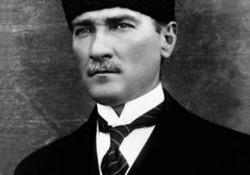
Born into the Ottoman Turkish Empire, Kemal looked up to his father, Ali Riza, as a hero. Kemal's father embodied the good, the brave, and the progressive, three ideals that served as inspiration for Kemal. Kemal’s father embodied three ideals that served as his inspiration: goodness, bravery, and progress. His family was in financial straits after the untimely death of his father. Unfortunately, his father died unexpectedly during Kemal’s early years, causing financial straits for the family. People often become who they are meant to be as a result of the circumstances they encounter. These circumstances made Kemal a survivor and a fighter. Even though Kemal and his mother moved in with his uncle, he soon developed a desire to become self-sufficient—a mindset that would later manifest itself in his movement to restore Turkey. Mustafa enlisted to join the army, just as his father had wished.
Much like what oil does to fire, the army enhanced and contributed to Mustafa's personality. Despite some claims that he was narcissistic as a result of the army's influence, these misunderstood characteristics of Kemal became crucial for the founding of the Turkish Republic. In order to give Turkey his own idea of freedom and to create a more contemporary Turkey, Kemal integrated his mindset, patriotism, and self-concept.
Atatürk, which literally translates to "The Father of the Turks," became Kemal’s new and more well-known name as a result of his success in the later stages of his career.
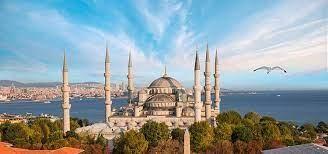
Following the partition of the Ottoman provinces in 1918, Turkey had lost its significance. Kemal was dispatched to Samsun in the position of Inspector General in response to the allied powers' demands. He did not hesitate when granted the opportunity to make an impact and boost the morale of his country. He made the armed forces more unified, powerful, and capable of upholding Turkey's independence and rights. He addressed the nation as a whole by saying, “If we can’t succeed, rather than fall into the plan of the enemy like a bird, and be condemned to a gradual, ignoble death, we prefer being the sons of our forefathers, to die fighting.” Here is when Kemal's sense of patriotism truly shines. He demonstrated his willingness to fight for his country rather than to submit to the ideologies of another country. He is prepared to defend his nation and its culture despite the chaos because he is proud of his people. He raised the nation's spirits, resulting in the divided Ottoman provinces uniting once more.
“
I will not leave the nation alone in its fight.”
Mustafa Kemal Atatürk-
A leader to lead them through the storm was exactly what the people of colonised nations hungered for.
Mustafa Kemal Atatürk was able to achieve where others would have failed because of his brilliance, great wisdom, and love for his nation. He is regarded as the father of modern Turkey today but to say that alone does not do him justice. One of the greatest warriors for freedom, Kemal leveraged his courage to take action and inspired hope in other countries that had been colonised by Europe. Through his efforts of liberation, freedom, and progress, Kemal established a benchmark of a strong governing system that nations still follow today. He demonstrated to the world his unwavering tenacity by challenging European powers— a feat no one had ever before accomplished.
Kemal, in contrast to many other politicians, recognised the importance of leadership. He didn't want to invade or threaten other nations. He only cared about preserving Turkey's independence while maintaining its interdependence with other nations.
Kemal fought for more than only his country's independence. As a matter of fact, he advocated for and supported other nations' sovereignty and independence. Kemal demonstrated his sincere desire for peace. He provided refuge for Jewish individuals in Germany and put an end to hate campaigns.
Although leadership was his strong suit, it was not the only quality he was admired for. Ataturk made use of his intelligence to gain a political advantage. He ratified the Treaty of Lausanne in reaction to the Treaty of Sevres, thereby annulling it. It was a complete success in the end for Turkey. As a result, he defied Russia, France, Italy, and Greece and regained the territory that had formerly belonged to past Turkish generations. His victory provided the flicker of hope for other nations.
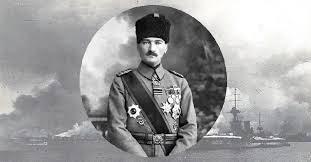
Kemal promptly began the next phase of his plan after declaring victory in the fight for Turkey's independence. There were numerous cultural and sociological advancements of modern civilization during that time period. Few of these were actually put into effect in most countries, however, Kemal put them all into practice. Kemal also made education both free and required for everyone in the country. He endeavoured to see that the nation was well-educated enough to safeguard Turkey's future. Watching from across oceans, the West particularly admired this action.
Kemal liberated the people who suffered under colonial powers in more ways than merely releasing them from colonial rule. He also liberated the people from longstanding cultural customs that were in contradiction with the nation's beliefs. He accomplished this by introducing a Latin-based Turkish alphabet instead of the Ottoman alphabet. Further, He ensured that the women of Turkey received equal civil and political rights—a feat that very few nations in the world had accomplished. He granted women equal rights and allowed them to run for parliamentary seats. He strengthened their emancipation by instituting legal processes like making divorce a civil action and marriage a civil contract.
Kemal's humility was frequently recognized as being the most admirable among his other virtues. He had the chance to consolidate his position as dictator, but he chose not to. Kemal never lost his humility, even after several titans of the 20th century, like Winston Churchill and John F. Kennedy, hailed him for his bravery. He never lost sight of the greater picture.
“Turkey for the Turks”
- Mustafa Kemal AtatürkThe greatest successful freedom fighter in history, Mustafa Kemal Ataturk, rebuilt and modernised Turkey into a more effective government and a legitimate parliamentary system that allowed for progress. He succeeded in moving his country from one era to the next on his own. He is, was, and always will be the true hero for the countries that endured various forms of colonialism. Kemal transformed what appeared to be the fall of an empire into a nation fully rooted in faith and still thriving today.
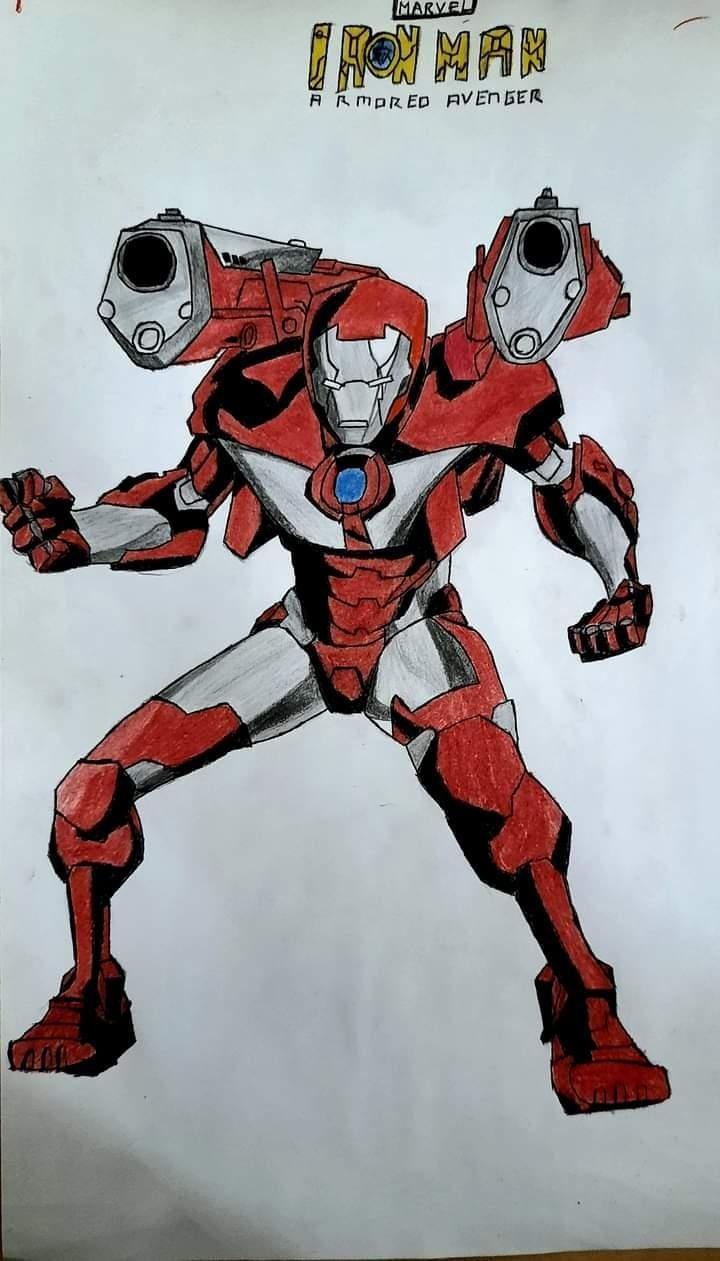
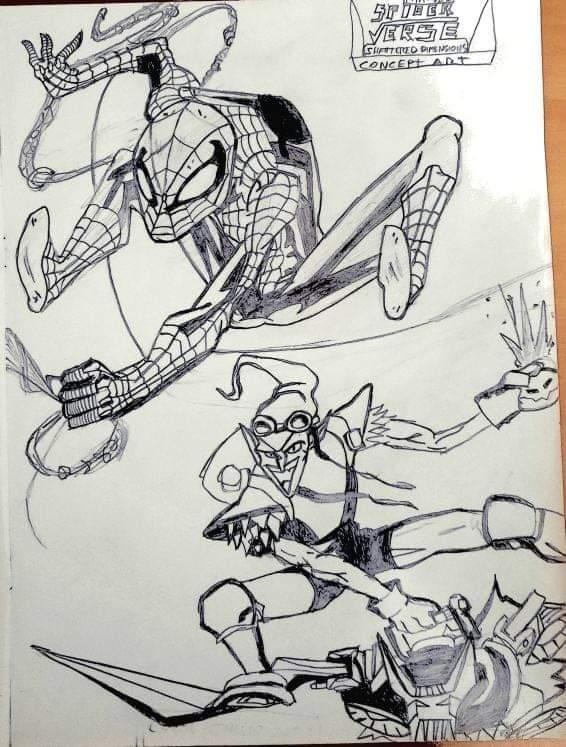 Drupad Baiju
Drupad Baiju
The clouds were filled with smoke. Sparks flew with their heads held high, from the base of the Rhinewood factory. Zachary struggled to breathe. He choked on the soot flowing through the air. He grasped onto the dry green grass and stared into the eyes of the factory. He watched, as the flame fed on the metal walls of the factory, churning its way through the inside.
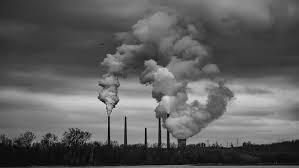
It was not even that long ago. Zachary pressed his head against the warm rumbling machine, slowly soothing his headache. He closed his eyes. The searing pain in his forehead slowed down his neurons.
“Oi, Zach, get back to work!” he heard a voice. His stout, old boss yelled across the room. He walked past him in a cold stubborn manner, his eyes fixated on Zachary. Zachary ignored him and got back to work. He held his head in his palms, in a naive attempt to ease his pain. From the corner of his eye, he noticed his superior disappear behind the room in the corner. However, he did not let anything distract him. And instantly, the face of his son flooded into his mind.
That morning, he had asked Zachary to bring him a bar of chocolate after work.
-
Little Tommy didn’t always have the best birthdays, especially after his mother died of leukaemia. So, a chocolate bar he wants, a chocolate bar he gets, thought Zachary. He looked forwards to that evening: returning home after work, a candy bar clutched in his hand, waiting to surprise Tommy. He couldn’t help but let out a smile at the very thought of his son. He inhaled. He took a step towards the drill he was operating, and with his son in mind, he started-
BOOM! A deafening explosion roared in Zachary’s ears, and he covered his frail ears in shock. His ears never stopped ringing, and he struggled to get back to his feet.
He looked around to discover that he wasn’t the only one. Several of his
colleagues sprinted toward the source of the explosion, yet he stood still in his place. What the hell is going on? But before his question was answered, cries of agony echoed in his ears. Zachary took a step forward, his body now controlled by his curiosity. Suddenly, he saw it: the source. Not of the explosion, but of the cries…
A large fireball burst through the glass walls that lay ahead of him. He watched in horror, as the fire engulfed the men who had just run towards the explosion, burning their bodies into nothing but silhouettes. He panicked, but he couldn’t move. It felt as though time had begun to dilate. He stood still, like a rock, while death approached him. The blurred figures of the other workers ran towards the metallic door behind him, but he remained still.
And just when he felt that all hope had been lost for him, he felt a hand grasp him tightly against his shoulder. The hand dragged him to the door, nearly fracturing his clavicle. Within an instant, his senses . finally kicked in. He watched, as the men huddled together next to the humongous door, like a herd of cattle begging for food. He squeaked in through the giant figures, towards the door…only to find it bolted shut, with a rusty metal chain. Oh, no no no. The men screamed as they helplessly banged against the door, hoping for their wails to be heard. But within the chaos, something had caught Zachary’s attention: a sound. A light metallic ringing sound. The sound
moved closer and closer to Zachary until he found the source caressing his foot. He watched as a shiny silver cylinder rolled towards him. He did not waste another second. In a swift motion, he swept up the cylinder, and with all his might, he flung it towards the door. And in that instant, he saw a glimmer of hope. Time dilated once again. The cylinder flew towards the door, emanating any light that stroke its surface. The group of men watched, as the cylinder shattered the chains that held them hostage. It was done.
Once the chain was out of the equation, the metal door did not stand a chance. All it took was a push by the men to open the doors wide and run for their lives like a stampede.
Somehow, Zachary’s fragile body managed to survive the stampede of men. He sprinted with all his might, as far as he could from the factory that was currently turning into ashes Once he was a safe distance away from the factory, he collapsed to the ground. The soft green grass caressed his palms as he lay on the ground.
The clouds were filled with smoke. Sparks flew with their heads held high, from the base of the Rhinewood factory. Zachary struggled to breathe. He choked on the soot flowing through the air. He grasped onto the dry green grass and stared into the eyes of the factory. He watched, as the flame fed on the metal walls of the factory, churning its way through the inside.

Fingerprints are one of the most popular methods of identification used in modern society. It is well-known today as a form of biometric technology that uses an individual's unique finger patterns to identify them. We often take for granted the incredible arrangements and composition of ridges on fingerprints, but it is actually a highly sophisticated, entertaining and complex field known as Dactylography.
Every individual has their own unique pattern, which makes it possible to accurately and reliably identify them. Now if these fingerprints are each unique in their own way and not identical in anyway to the fingerprints of another person’s, how do we study them? To put it in a better perspective, there are eight different types of fingerprints; the plain arch, tented arch, ulnar loop, radial loop, double loop, plain whorl, central pocket loop whorl and an accidental whorl. Sounds like a lot to take in right? The arch types are one of the rarest in the world with less than 5% of the world population having them. This is mainly due to the absence of deltas and cores.

It sounds odd at first glance to just look at a fingerprint and study its composition. As a dactylographer, it will sound weird to newcomers who don’t really know about this field. However, these studies contribute to society more than think. You use this on a daily basis! From fingerprint identification in forensic laboratories, banking/traveling credentials to the biometrics security on your devices, these patterns and arrangements of friction ridges are recognised.
One of the most common things you can do when you enter the world of dactylography is create a dactylographic manuscript—or a dactylogram. There are several ways in which you can create a dactylogram. Creating a dactylogram requires the creation of six finger systems on a special board. The board should have spaces for each finger and markings that guide you in creating each system. Afterward, one must copy each system onto a special paper using ink, brushes or even a pen. The end product may look like this:
By creating a manuscript, it gives you a much clearer perspective at the true patterns. Analysing fingerprints from cellophanes tapes or an ink stamp on paper is much more complex in which the ridges overload the network of patterns. The dactylogram allows you to identify the true pattern of a fingerprint and whether it fits under the eight types of fingerprint classifications mentioned earlier.

At a much more global scale, it is understandable why dactylography is not a common study. There are deeper advancements into this study such as the Henry Classification system, used by forensic scientists and several investigative bureau agencies to differentiate between fingerprints, that are worth looking into. To dactylographers, fingerprints are what a Mona Lisa is to painters so it is no surprise that I have geeked out about it in this piece. Glancing at a finger is certainly not for everyone but it is undeniably one of the building blocks that society thrives off in both the past and the present.
